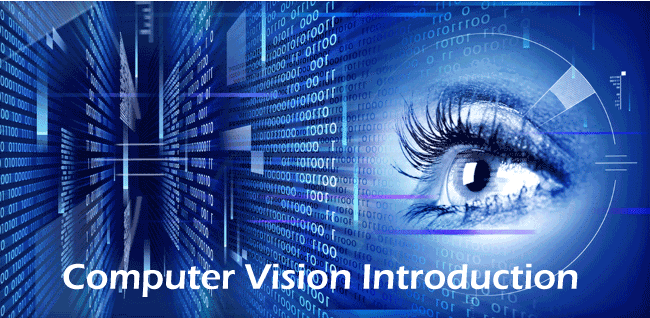Introduction.
In the expanse of artificial intelligence, computer vision is rapidly emerging as a disruptive innovation. This subfield of AI enables machines to interpret visual data and make decisions similar to human vision.
From facial recognition to self-driving cars, computer vision is transforming businesses globally. First, let’s define what is this ?. Then, we will briefly explore its real-life applications, advantages, and how it functions.
What is Computer Vision?
Computer vision is a subset of AI focused on enabling computers to detect and analyze visual information. By capturing images from cameras and videos, machines can recognize and classify objects. Additionally, through deep learning frameworks, they respond to what they “see.” As a result, this technology replicates human sight and allows machines to deduce information visually.
How Does It Work?
The working mechanism of computer vision involves several steps:
- Image Acquisition:The process initially begins with capturing images or video footage through cameras or sensors. Subsequently, these images serve as the raw data that the system will analyze.
- Image Processing: Once the image is captured, it undergoes preprocessing, where the system enhances image quality and removes any noise. Techniques like image filtering, edge detection, and normalization are applied to prepare the image for further analysis.
- Feature Extraction: In this step, the system identifies and extracts key features from the image, such as shapes, textures, and patterns. This information is crucial for understanding the content of the image.
- Object Detection and Classification: The system uses machine learning algorithms and deep learning models to detect and classify objects within the image. For example, it can identify a face, a car, or a handwritten text.
- Decision Making:
Finally, after the analysis is complete, the system makes decisions based on the gathered information. For instance, it can trigger an action, such as unlocking a phone when a recognized face is detected, or alerting a driver when it identifies an obstacle on the road.
Applications of Computer Vision
It has a wide range of applications across various industries:
- Healthcare: In healthcare, computer vision aids in medical imaging, where it assists in diagnosing diseases by analyzing X-rays, MRIs, and CT scans. It helps doctors detect tumors, fractures, and other abnormalities with greater accuracy.
- Automotive Industry: Autonomous vehicles rely heavily on computer vision to navigate roads, recognize traffic signs, detect obstacles, and avoid collisions. This technology is at the core of self-driving cars and advanced driver assistance systems (ADAS).
- Retail: In retail, computer vision enhances the shopping experience by enabling cashier-less stores, personalized recommendations, and inventory management. It can track customer movements, analyze shopping patterns, and even detect theft.
- Manufacturing: Computer vision is used in quality control processes to inspect products on assembly lines. It ensures that products meet specific standards and identifies defects that might be missed by human inspectors.
- Security and Surveillance: Surveillance systems equipped with computer vision can monitor public spaces, detect unusual activities, and enhance security measures. Facial recognition technology is also widely used for access control and identification purposes.
- Agriculture: Farmers use computer vision for precision agriculture, where it helps in monitoring crop health, detecting pests, and optimizing harvests. Drones equipped with cameras can scan large fields, providing valuable insights for better crop management.
- Entertainment: In the entertainment industry, computer vision is used in virtual reality (VR) and augmented reality (AR) applications. It enables realistic motion capture, special effects, and immersive gaming experiences.
Benefits of Computer Vision
The adoption of this technology brings numerous benefits:
- Increased Efficiency: Computer vision automates tasks that require visual interpretation, reducing the need for manual labor and increasing overall efficiency.
- Enhanced Accuracy: By minimizing human error, it improves the accuracy of processes like quality control, medical diagnosis, and security monitoring.
- Cost Savings: Automation through it reduces operational costs by streamlining processes and minimizing the need for manual inspections or interventions.
- Improved Safety: In applications like autonomous driving and surveillance, computer vision enhances safety by quickly identifying potential hazards and responding in real-time.
- Scalability: Its systems can process large volumes of data simultaneously, making them scalable for industries that require continuous monitoring and analysis.
Conclusion
Computer vision is undeniably a game-changer in the world of technology, offering powerful tools for interpreting and analyzing visual data. With its wide range of applications and significant benefits, it continues to drive innovation across multiple industries. Moreover, as the technology advances, we can expect even more groundbreaking developments that will further integrate it into our daily lives.
By understanding its and how it works, businesses and individuals alike can, therefore, leverage this technology to gain a competitive edge and improve various aspects of their operations.
Read our latest blogs:
Top 10 Mobile App Development Tools for 2024.
Top 10 Chatbot Trends for 2024
Visit our social sites:Facebook

